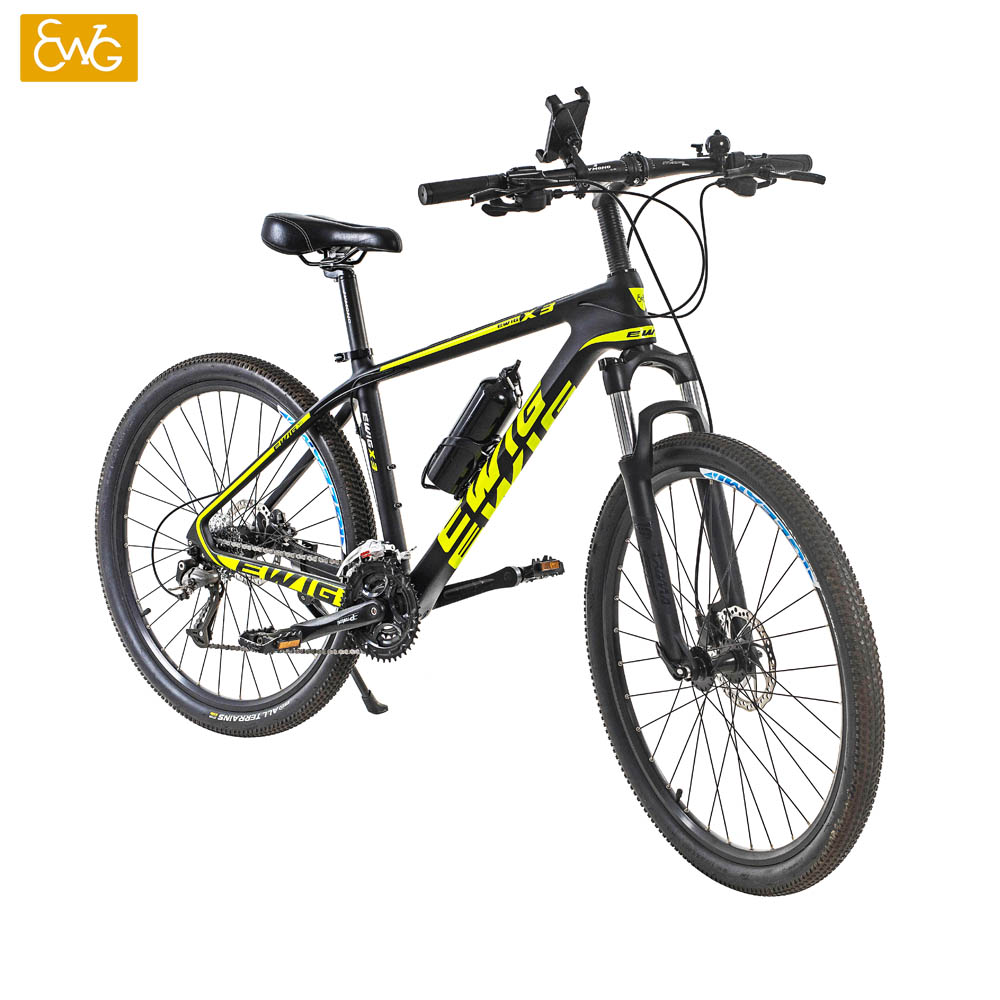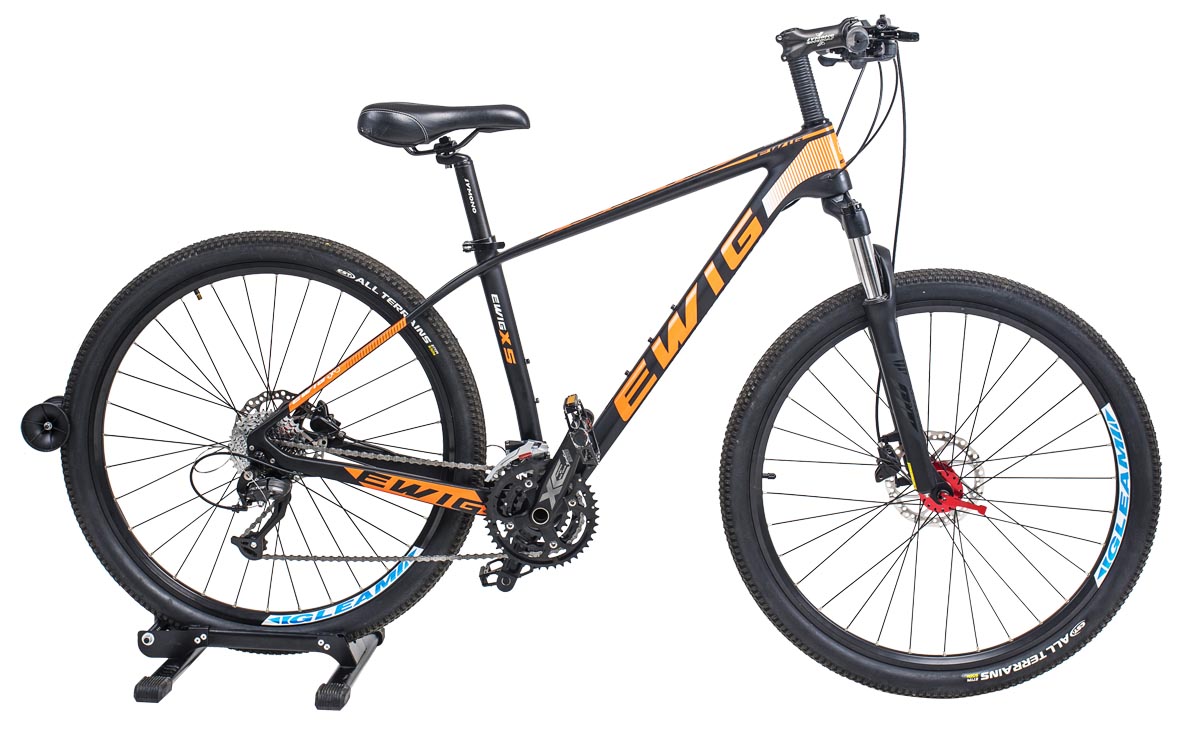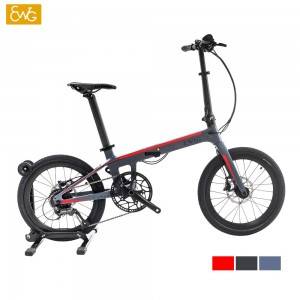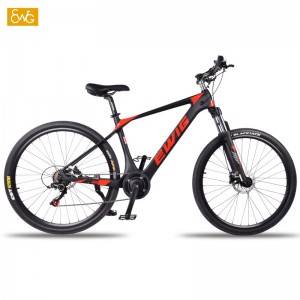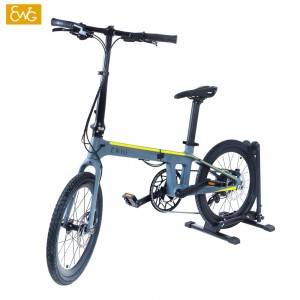Carbon fiber possesses a very high strength-to-weight ratio. It has almost half the density of aluminum; it’s more than five times less dense than steel, but it is stronger than either metal. This is especially important for bicycle wheels.wheels are a key place to cut weight. Many riders, even novices, can actually feel the difference when riding lighter wheels. Reducing an equivalent amount of weight elsewhere on the carbon fiber bike is much less noticeable.
Stiffness
It is possible for wheels to be too stiff. Some older carbon wheels were criticized for having a punishingly harsh ride. In fact, some riders still choose aluminum wheels because the increased flex is more comfortable. Fortunately, ride quality has been a bigger priority for modern carbon wheel designs.
Carbon fiber can be engineered to act differently in different directions. This allows engineers to design wheels that are rigid in a specific direction, while still compliant in another direction. The key to high performance with good ride quality is combining lateral stiffness and vertical compliance. This maintains all the performance benefits of a stiff wheel while providing more shock absorption for a more pleasant ride. Most modern carbon wheels absorb shocks and vibrations so well that they now match or exceed the ride quality of aluminum wheels.
Durability
Beyond cost, durability is the biggest concern most riders have with carbon. This is the crux of the carbon vs. aluminum debate. Surf the comment section of popular mountain bike websites and you’ll find plenty of commenters who like to dismiss carbon rims as too fragile.
As stated above, carbon has a very high strength-to-weight ratio. In theory, a carbon wheel should be stronger than an aluminum wheel, especially if they’re built to be similar in weight. The reality is that many riders have experienced carbon rim failure and this has colored people’s opinions.
Cost
In general, it’s common for carbon wheels to retail for nearly double their aluminum competitors. If you’re buying a new set of carbon wheels expect to spend in the $1,500-2,500 range. High-quality aluminum wheels will be in the $600-1500 range. Of course, buying pre-owned wheels will save a lot of money.
Why is carbon so much more expensive? It’s down to the manufacturing process.Carbon rims need to be hand laid and require skilled labor.
Carbon rim manufacturing, on the other hand, is more labor-intensive, and the tooling and raw materials are more expensive. Creating any carbon cycling component requires molds. The molds themselves are costly, and carbon sheets need to be laid into the molds by hand in a specific order. This requires skilled labor and it means production numbers are much lower. All this needs to be done in a climate-controlled environment, adding even more to the cost.
In other words, while top-end carbon fiber bike wheel and other big brand names are generally built to a standard to ensure the result is a product that achieved superior strength, compliance, and stiffness, the same is not true of bikes made at the opposite scale of the market.
In some cases, carbon wheel can be bought from Chinese factories for a couple of hundred dollars. Many resellers offer bargain deals on branded open-mold wheel and provide a warranty on the quality of the materials used.
As you can see, quality is more important, which can be credited to the design and the undivided attention given by the carbon bike manufacturers.
Learn more about Ewig products
Post time: Jun-11-2021

